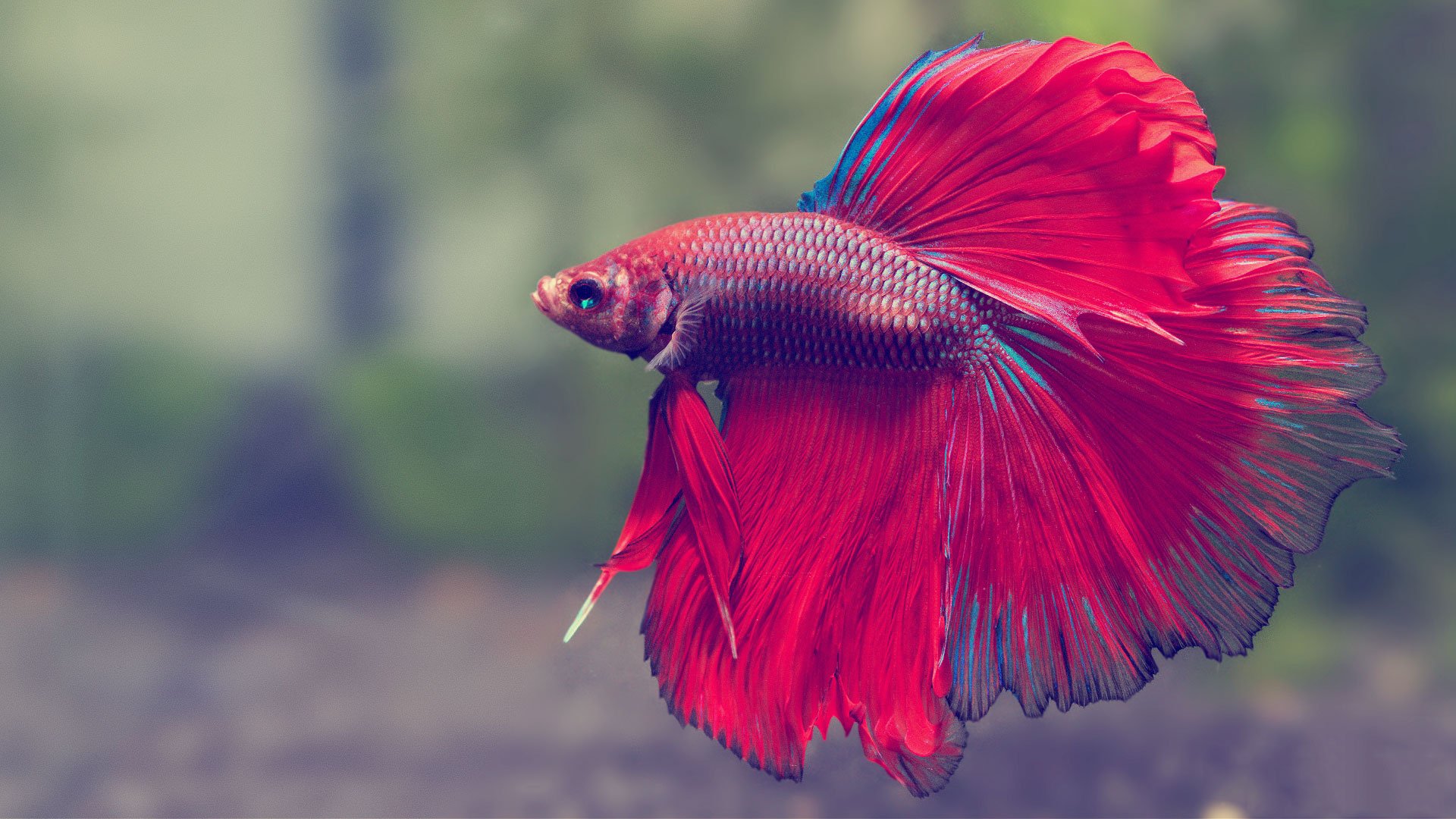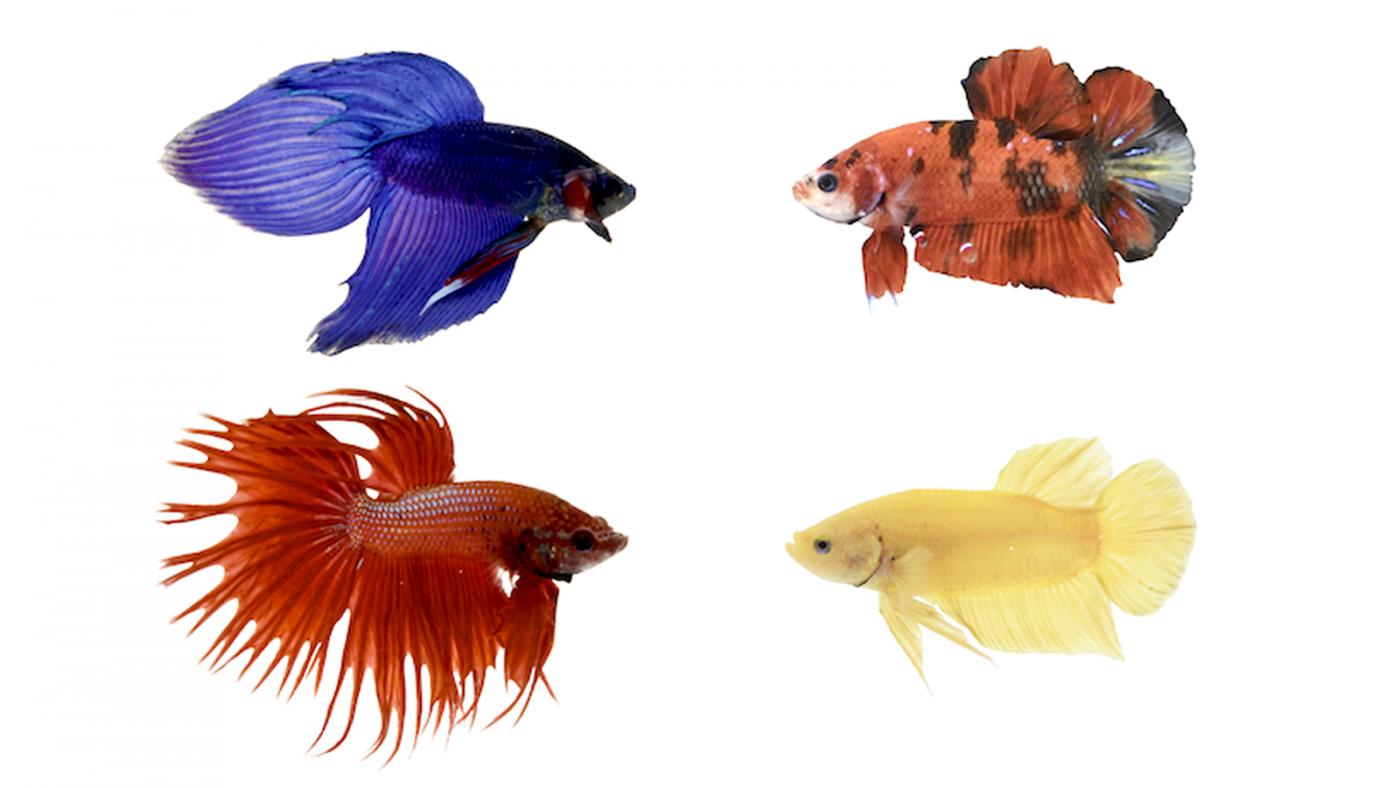Betta Fish Care: Essential Tips for a Healthy and Pleased Family Pet
Betta Fish Care: Essential Tips for a Healthy and Pleased Family Pet
Blog Article
Reproducing Betta Fish: a Comprehensive Step-By-Step Guide to Effectively Raising Child Bettas From Eggs to The Adult Years
Reproducing Betta fish is a thorough endeavor that requires cautious planning and execution to make sure the effective growth of fry from eggs to mature fish. As the male Betta diligently constructs a bubble nest and guards the valuable eggs, the subsequent stages of treatment and change need focus to information and expertise of ideal practices.

Choosing Breeding Pairs
When beginning on the journey of breeding Betta fish, picking the appropriate reproduction pairs is important to accomplishing desirable traits and a healthy and balanced lineage - betta fish. The primary step in this procedure is to recognize the certain characteristics you wish to boost or protect, such as color, fin kind, and body form. It is necessary to select genetically diverse sets to avoid inbreeding, which can cause health problems and undesirable features
Assess possible breeding prospects thoroughly. A healthy and balanced male Betta should display dynamic shades, an energetic attitude, and well-formed fins, while the female must additionally show vivid coloration and a rounded stubborn belly, showing readiness for spawning. Observing the character of both fish is important, as hostile or excessively reluctant individuals may not reproduce efficiently.
Documents of lineage is equally crucial. Maintaining documents of the moms and dad fish's ancestry can help you track hereditary traits and possible problems. Additionally, speak with reliable dog breeders or on-line sources for guidance on selecting compatible pairs. Eventually, spending time in the option procedure will considerably improve the probability of generating solid, vibrant offspring that meet your breeding goals (betta fish).

Preparing the Reproduction Container
Developing an optimal reproduction atmosphere is an essential action after picking suitable sets for Betta fish. The breeding tank must be particularly designed to give comfort and boost the natural reproduction habits of the fish. Start with a container size of at the very least 10 gallons to guarantee ample area for both the man and women Bettas.
Maintain a mild filtration system to maintain the water clean while avoiding strong currents that can emphasize the fish. Furthermore, an air rock can be contributed to supply oxygenation without disrupting the water surface area excessive.
Temperature level policy is critical; go for a secure range of 78-82 ° F(25-28 ° C) utilizing a dependable heating unit. The pH degree ought to be preserved in between 6.5 and 7.5, and regular water adjustments are essential to guarantee high water top quality.
Integrate floating plants or generating sponges to create hiding areas for the lady, while additionally motivating bubble nest structure by the man - betta fish. Finally, make sure the container is devoid of sharp decorations and any type of possible threats, as the welfare of the fish should always be prioritized during this essential phase of breeding.
The Reproduction Refine
Typically, the breeding procedure for Betta fish entails a collection of distinctive and visible actions that show preparedness for recreation. The male Betta begins by developing a bubble nest at the water's surface, which acts as a site for the fertilized eggs. This nest is essential, as it supplies a risk-free atmosphere for the eggs up until they hatch.
Once the nest is established, the male will display courtship actions, such as flaring his fins and showing vivid shades to bring in the lady. The lady, upon noticing the male's readiness, will respond by displaying vertical stripes along her body, signaling her receptiveness.
The fed eggs then drop to the bubble nest, where the male very carefully gathers and returns them to the nest. Following this, the male assumes duty for safeguarding the nest and guaranteeing the safety and security of the eggs up until they hatch, commonly within 24-36 hours.
Caring for Betta Fry
Looking after Betta fry needs careful focus to their atmosphere and nourishment to ensure healthy and balanced development and growth. After hatching out, Betta fry are exceptionally small and prone, requiring a stable and tidy habitat. Maintaining a water temperature between 78 ° F and 80 ° F is important, as Betta fry prosper in cozy conditions. Furthermore, ensure that the water is without unsafe toxins; routine water adjustments of 10-20% are advised to maintain ideal visit the website water high quality.
Feeding Betta fry is just as important. Originally, they ought to be used infusoria pop over here or carefully smashed high-quality fry food, as their mouths are also little to manage bigger bits. As they expand, you can progressively present bigger foods, such as infant salt water shrimp or powdered flakes, to ensure they receive sufficient nourishment. Feed them tiny quantities numerous times a day, bewaring not to overfeed, which can lead to water quality problems.
Transitioning to Adult Bettas
As Betta fry mature, transitioning them to adult Bettas is an important phase that requires mindful monitoring of their atmosphere and social interactions. This process usually starts when the fry reach around six weeks old, at which factor they can be gradually introduced to an extra structured living setting.
To promote this transition, it is necessary to ensure that the water criteria-- such as temperature, pH, and ammonia degrees-- are optimum and secure. Adult Betta fish prosper in warm water (around 78-80 ° F) with a pH of 6.5 to 7.5. Progressively adapt the fry to these problems to lessen stress.
Social communications are another crucial factor; male Bettas are notoriously territorial and hostile. As a result, it is a good idea to different men into private tanks as they develop. Women Bettas can be housed with each other, but care needs to be required to check for signs of hostility.
In addition, dietary modifications must be made as the fry expand. Include premium pellets and live foods to support their growth and wellness. By my website managing these variables efficiently, you can promote an effective shift to the adult years for your Betta fish.

Conclusion
Successful breeding of Betta fish calls for mindful interest to detail throughout the entire process, from selecting genetically varied pairs to offering optimal look after fry. By ensuring appropriate breeding conditions and keeping water top quality, the chance of healthy offspring boosts substantially. Additionally, a well balanced diet regimen and progressive adaptation to grown-up atmospheres are important for the growth and growth of Betta fish. Complying with these steps faithfully promotes a thriving populace of Betta fish, improving both their health and vitality.
Report this page